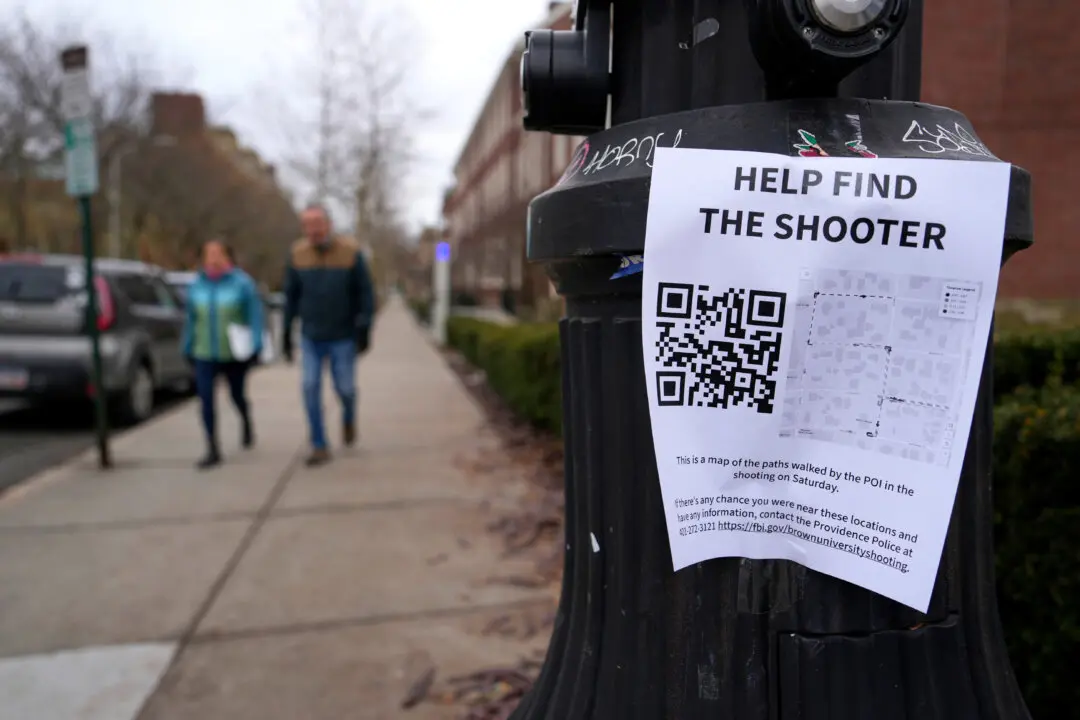MORAHALOM, Hungary — Using materials prepared by inmates in Hungarian prisons, 900 soldiers will build a fence along Hungary’s border with Serbia by December to stem the torrent of migrants, officials said Thursday—a project critics are comparing to Communist-era barriers like the Berlin Wall.
Hungary said it has a duty to protect itself and the rest of the 28-nation European Union from the unprecedented number of people—now often more than 1,000 a day—arriving on foot through routes across the Balkans.
Work on the 4-meter (13-foot) -high fence will take place at 10–12 locations simultaneously along the 175-kilometer (109-mile) border, Defense Minister Csaba Hende said Thursday,July 16, near the southern town of Morahalom, where a sample section of the fence is being built to experiment with different building materials and techniques.
“The Hungarian defense force is ready to complete this task,” he declared as soldiers wrestled with barbed wire and metal posts.
Interior Minister Sandor Pinter said the fence is the only immediate solution Hungary could find to stop the flow of migrants—which stands at 81,300 already this year. Inmates in Hungarian prisons are already assembling the basic elements of the fence, and workers in a government job scheme could help if needed, he said.





